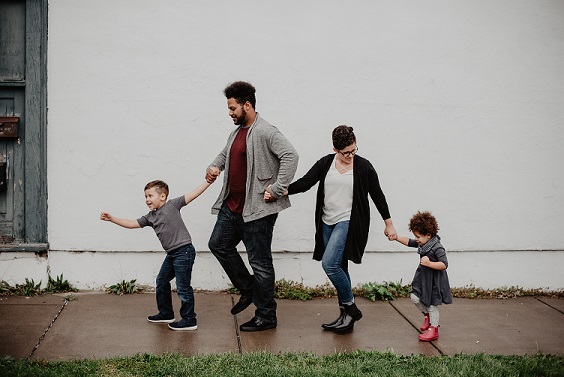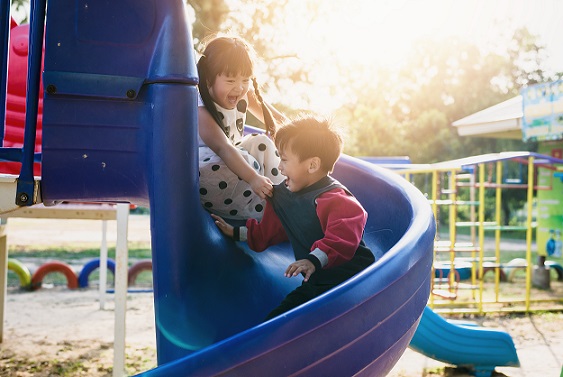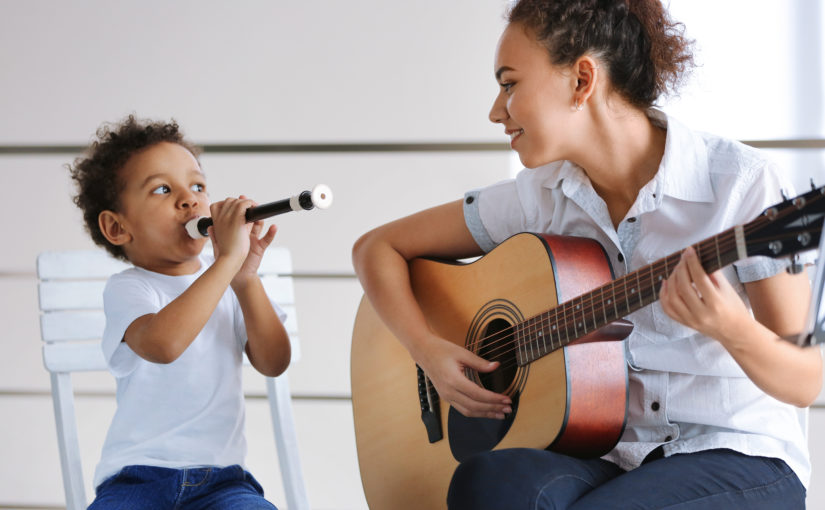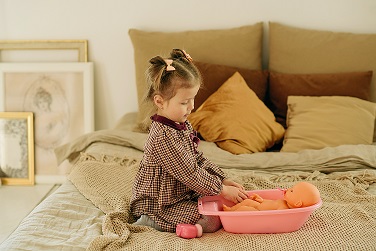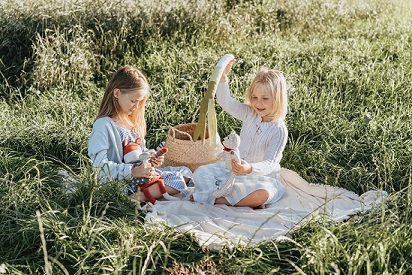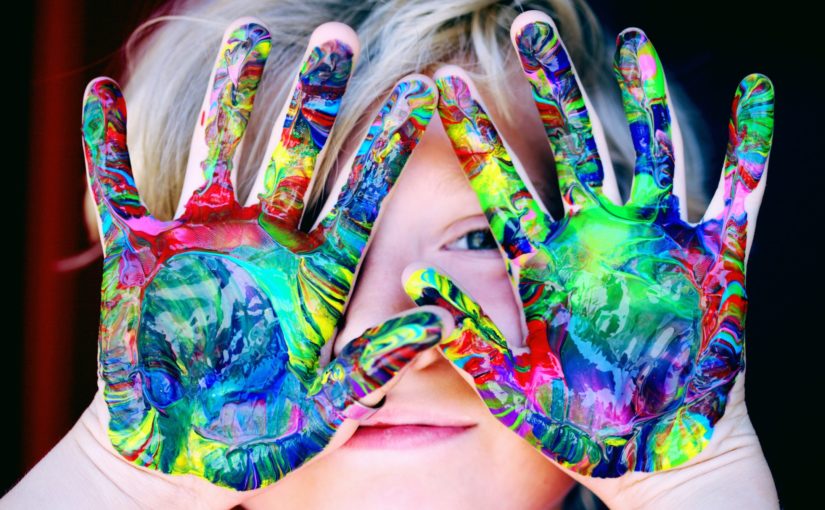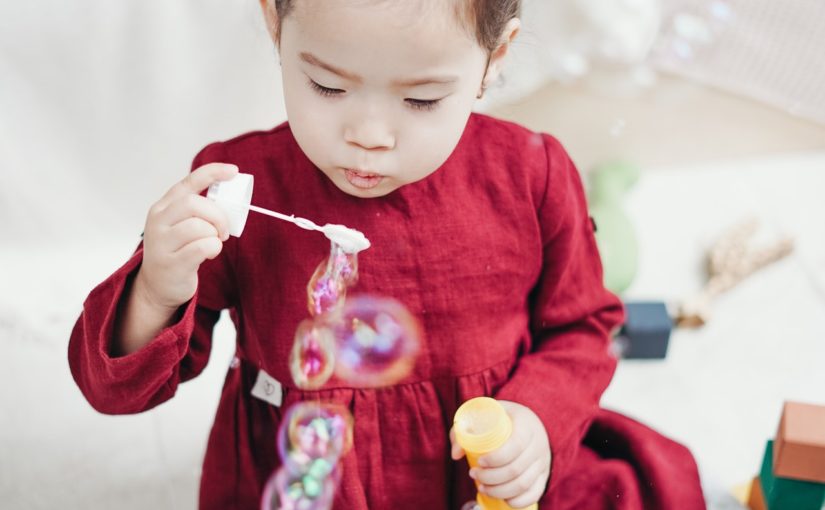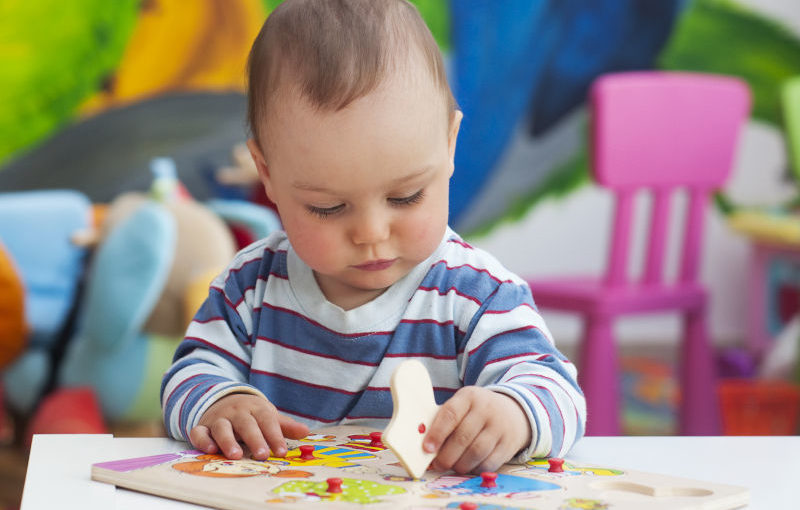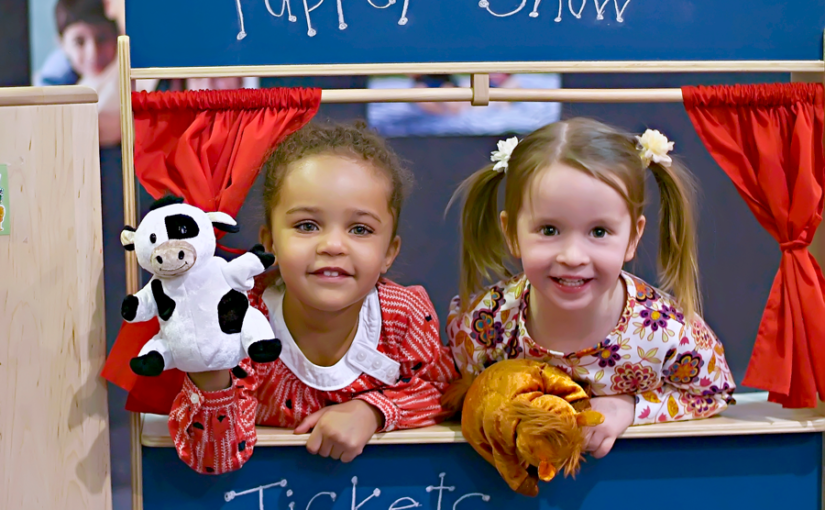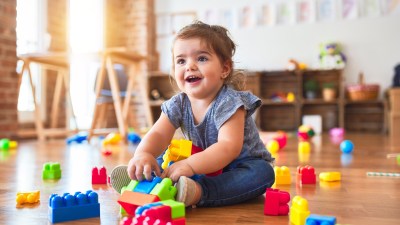It may seem simple, but playing blocks can be a great way to teach your child many concepts and words while having fun! Whether they are Legos, classic wooden blocks, or anything in between, the most obvious concept they are learning is “up” and “down”. As they learn to stack, you can model “up-up-up”. For most children, it is often even more fun to knock them “down”. You can count “1, 2, 3, down!” for you child to knock them over. Then you can model “boom!” when they fall. Remember, children LOVE to imitate silly sounds! For older children, you can teach them colors. For example, they can begin to sort them while you model “Let’s find all the red blocks.”, “Can you help me?”. Some blocks have pictures on them. While they stack the blocks, you can name what the picture on them are so they can imitate and build vocabulary. Some have letters and numbers. When they are old enough, you can begin to point them out so they become aware of print. Even more helpful in the preschool years, as you teach letters of the alphabet, give them a word to correspond to the letter(B is for ball). Also, if you get creative, you can begin to label what you or your child build. For example, “I made a house.”, “What did you make?” or “Do you want to make a house or a garage for your cars?”. You can incorporate turn taking as you build, modeling “My turn”, “Now your turn”. Although blocks are a simple, classic toy, there are so many things to learn with them!
Sounds/words to include: blocks, up, down, on top, big, little, tower, house, castle, boom, colors, name of pictures on blocks, etc.
